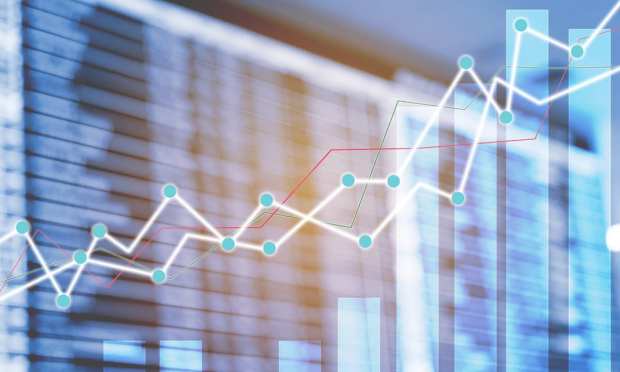US Economy Sees 4 Pct GDP Gain In Q4 Of 2020

Gross domestic product (GDP) went up 4 percent in the fourth quarter of 2020, slightly below economists’ forecasts of 4.3 percent, according to a report from the Bureau of Economic Analysis (BEA) on Thursday (Jan. 28).
It was anticipated that economic activity would slow down considerably after the third quarter’s 33.4 percent hike. The second quarter had a record drop of 31.4 percent. Overall, GDP remained below pre-pandemic levels compared to the fourth quarter of 2019.
The full-year GDP shrank 3.5 percent, the first economic contraction since 2009 and the biggest drop since 1946.
“The increase in fourth-quarter GDP reflected both the continued economic recovery from the sharp declines earlier in the year and the ongoing impact of the COVID-19 pandemic, including new restrictions and closures that took effect in some areas of the United States,” according to the BEA report.
The fourth quarter showed increases in exports, non-residential fixed investment, consumer spending, residential investment and inventories. Personal consumption expenditures — 68 percent of all U.S. activity — went up 2.5 percent. Gross private domestic investment went up 25.3 percent and government spending and investment went down by 1.2 percent, with an 8.4 percent drop in non-defense spending.
The BEA report indicated that current‑dollar GDP increased 6 percent at an annual rate, or $309.2 billion, in the fourth quarter to a level of $21.48 trillion. In the third quarter, GDP increased 38.3 percent, or $1.65 trillion.
“The price index for gross domestic purchases increased 1.7 percent in the fourth quarter, compared with an increase of 3.3 percent in the third quarter. The PCE price index increased 1.5 percent, compared with an increase of 3.7 percent in the third quarter. Excluding food and energy prices, the PCE price index increased 1.4 percent, compared with an increase of 3.4 percent,” the report indicated.
PYMNTS survey data has shown that U.S. consumers are much more interested in buying merchandise rather than experiences, reversing the trend of the past few years. Some 59 percent of respondents said the availability of the vaccine will be the determining factor in deciding whether or not to go back to their pre-pandemic habits.
